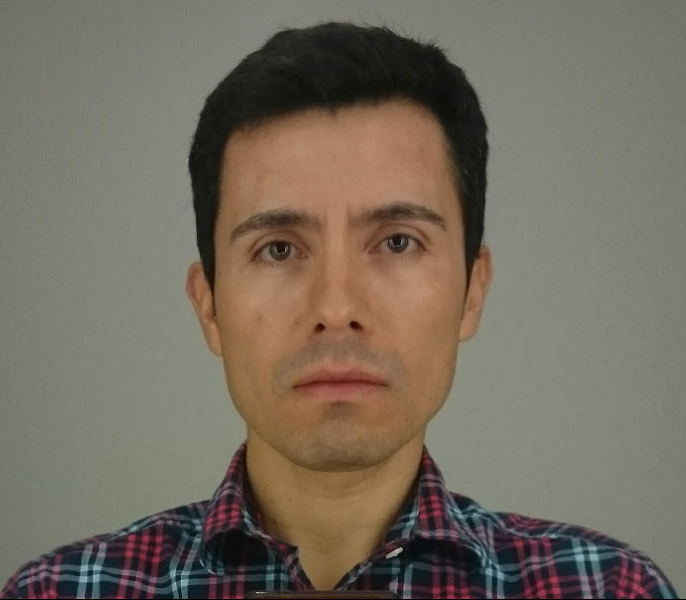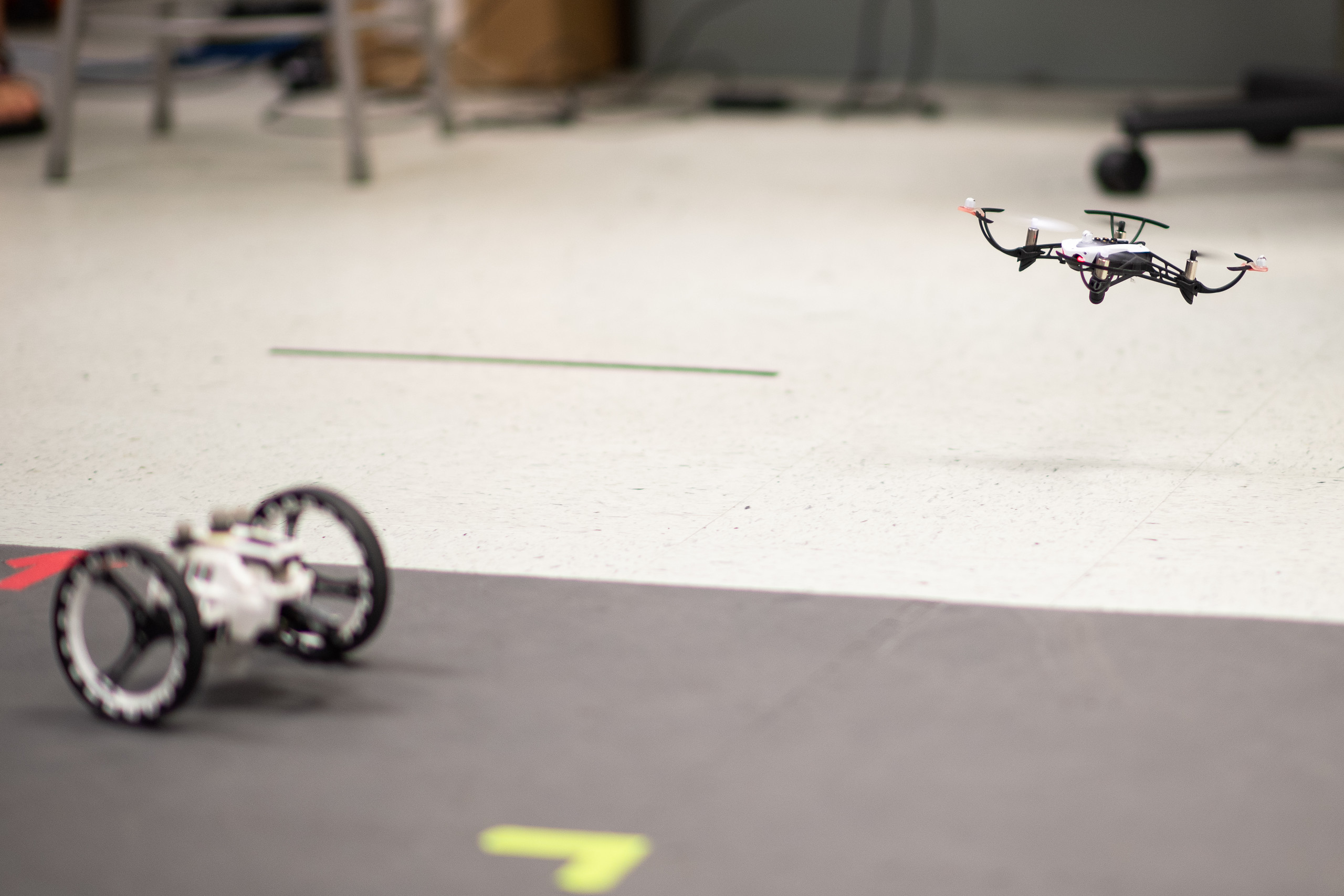Luis Rodolfo GARCIA CARRILLO - Unmanned Systems Laboratory
Unmanned Systems Laboratory @ NMSU
The Unmanned Systems laboratory (USL) is an interdisciplinary laboratory that is dedicated to research and education in unmanned systems, embedded systems, and multi-agent robotics. USL provides laboratory space in which real-time experiments can be executed, and provides significant computer power to do simulations, modeling, software development, and testing.
USL computing facilities include:
OptiTrack Motion Capture System.
Linux/Windows workstations.
Common network which ties all the machines together.
USL has several aerial and terrestrial unmanned systems
Bebop multicopters from Parrot
AR-Drones from Parrot
Quad-rotorcrafts and fixed wings UAS from 3D-Robotics
These platforms are currently being used for dynamic modeling and control research purposes, as well as for multi-agent systems research purposes.
USL has also multiple home-made unmanned aircraft and surface water vehicles, as well ground control stations that are being used for design, development, and experimental validation purposes by graduate and undergraduate students doing their research projects. Each one of these platforms is equipped with wireless communication, onboard processing capabilities, a suite of on-board sensors, as well a electro optical cameras, and some of them with infra red cameras.
Numerous sensors, cameras, frame grabber (both analog and digital), embedded computers (Jetson, UP2), hardware, interconnected coupled-tanks systems, and software for data acquisition and control are also available.
The ULS software includes a complete suite of Mathworks MATLAB toolboxes for embedded system design, hardware-in-the-loop simulation, code generation, and virtual reality headsets. Open source packages (OpenCV and ROS) are also available for the students working in USL.
USL has installed a 10-camera OptiTrack Motion Capture System that provides position and orientation of the robots and any other object of interest in the room, at rates in excess of 500 measurements per second.
The OptiTrack's cameras can be seen hanging from the walls of the laboratory.
This system essentially provides “indoor GPS” for testing and validation of robot navigation algorithms.



